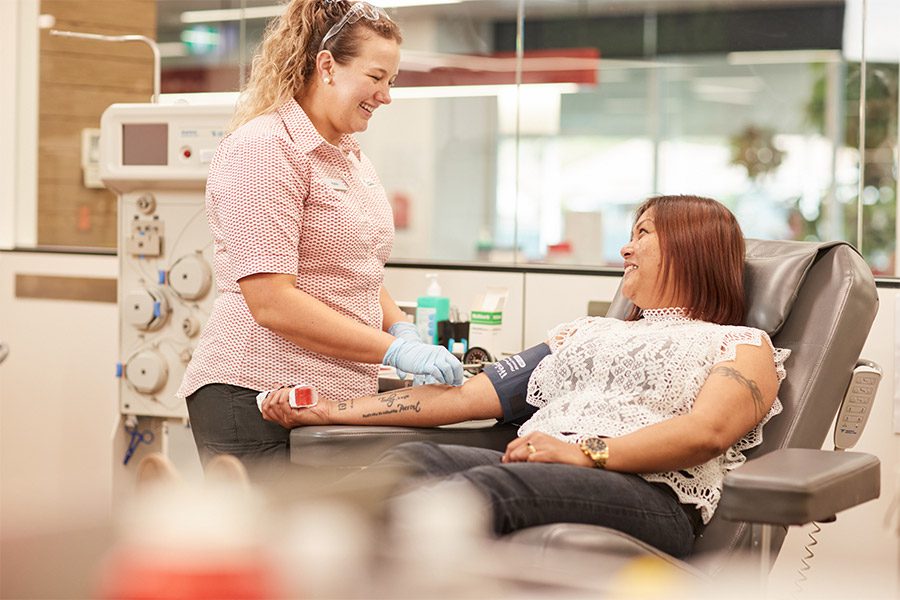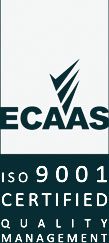With Lifeblood seeing a drop in blood donations over the past year, it’s important to encourage anyone who can donate to do so at a Lifeblood centre.
Before Lifeblood can withdraw blood, a patient’s doctor needs to refer the patient digitally via the High Ferritin app, ‘My Iron Manager’.
Once information has been added in the app, Lifeblood ascertains the patient’s eligibility to donate and then contacts the patient to book them in. Future bookings can then be made directly with Lifeblood, as only the first appointment needs to be referred by the doctor.
How to refer therapeutic venesections to Lifeblood.
How does the app work?
- A doctor enters patient HFE genetics and ferritin levels into the app.
- An algorithm then determines whether the patient may benefit from therapeutic venesection.
- If venesection is appropriate for the patient, the referring doctor is asked screening questions to determine if the patient would likely meet Lifeblood donor eligibility guidelines.
- If the patient is likely to be eligible, a recommended and modifiable venesection schedule is determined for the patient.
- The treating doctor may then log into the app, record the patient’s details, and print a copy of the venesection schedule for the patient and their own records.
- The app securely stores patient referral details, which are then routinely accessed by the Lifeblood national contact centre to enable appointments to be made for venesection.
What if the app determines that my patient is not eligible for therapeutic venesection at Lifeblood?
- If your patient has high ferritin unrelated to gene-positive haemochromatosis, he or she will not be eligible for therapeutic venesection at Lifeblood.
- Provided this patient meets other donor criteria, she or he may wish to become a voluntary whole blood or plasma donor. Donations can occur up to every 12 weeks.
- If your patient has high ferritin, you will need to rule out some causes before she or he can donate.
- The app provides you with the ability to generate a letter advising the patient may be suitable to commence donation as a regular blood donor.
What if my patient does not have high ferritin or the associated genetics? Does Lifeblood accept therapeutic venesection for any other conditions?
Yes, Lifeblood also accepts patients with the following conditions for therapeutic venesection, provided they are being treated by a specialist physician:
- polycythaemia rubra vera
- porphyria cutenea tarda
- patients with secondary polycythaemia are no longer accepted as therapeutic donors by Lifeblood.
For further information or enquiries, email: [email protected]



